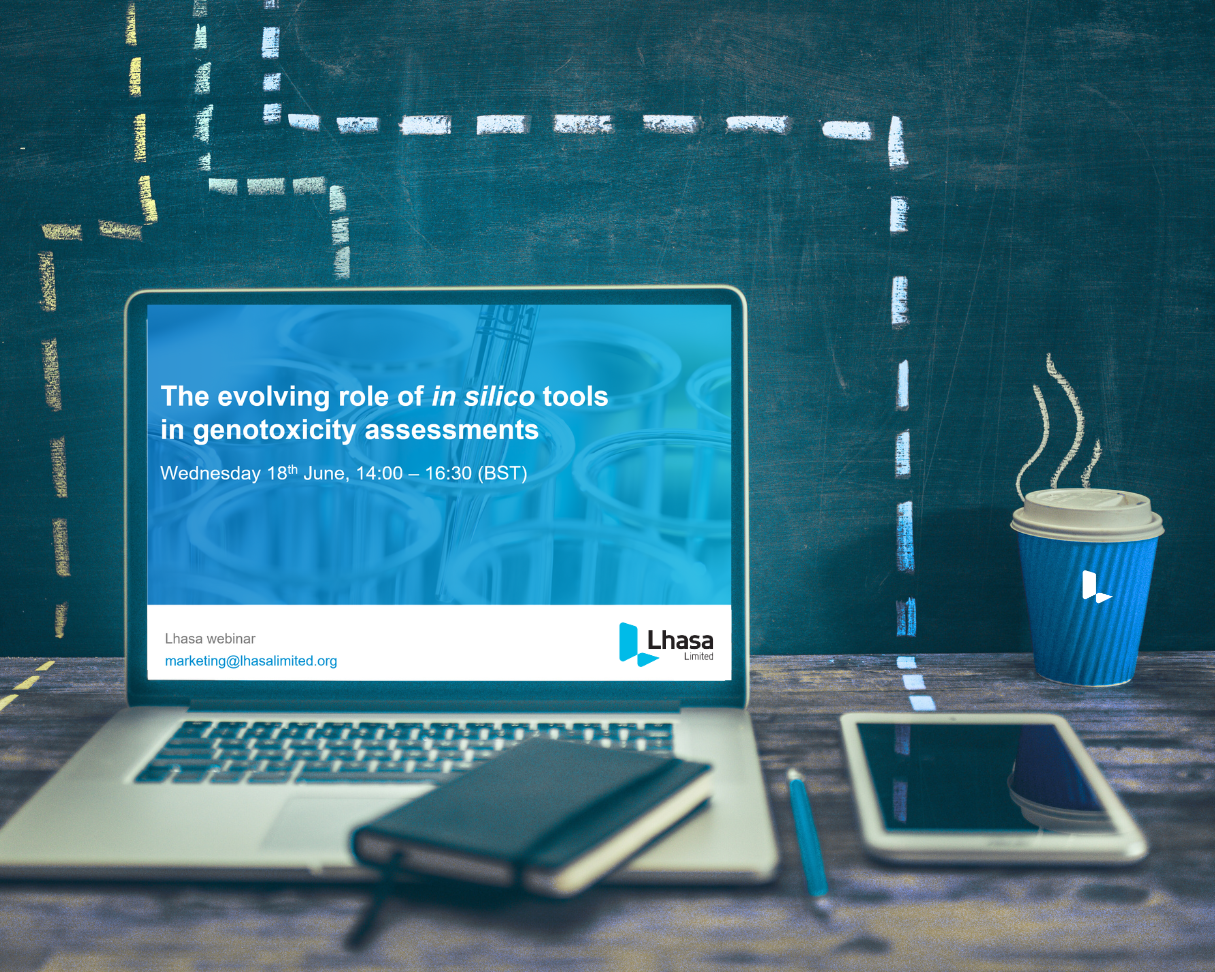Since N-nitroso compounds are in the cohort of concern under ICH M7, ensuring safe levels of nitrosamines involves determining compound-specific acceptable intake (AI) limits. This can be achieved in three ways:
- The carcinogenic potency categorisation approach (CPCA).
- A negative Enhanced Ames Test in vivo toxicity studies.
- Read-across – predicting the toxicity of a substance based on the known toxicity of similar compounds.
Read-across, alongside the CPCA, does not require expensive and time-consuming toxicology studies. In addition, it can in some cases allow for higher intake limits than 1500 ng/day – thereby allowing compound-specific limits derived in silico, whilst remaining protective of patient health.
However, until recently, conducting read-across assessments has been a manual process, presenting numerous challenges that complicate the accurate assessment of AI limits for nitrosamines. These challenges include:
Complexity of nitrosamine structures
- Diverse chemical structures: Nitrosamines exhibit a wide variety of chemical structures, leading to varying degrees of toxicity. This structural diversity makes it difficult to identify appropriate analogues for comparison.
- Metabolic pathways: The metabolic activation of nitrosamines in the body can differ significantly. Predicting the metabolism of a new nitrosamine based on known compounds requires an in-depth understanding of metabolic pathways – knowledge which may not be readily available for those conducting the assessment.
Data availability and quality
- Limited data: Comprehensive toxicological data is available for only a few nitrosamines, making it challenging to find relevant analogues for new compounds.
- Variability in data sources: The quality and reliability of toxicological data can vary. Studies may differ in terms of experimental design, endpoints measured, and reporting standards, complicating direct comparisons.
Regulatory challenges
- Regulatory acceptance: Different regulatory bodies may have varying requirements and levels of acceptance for read-across approaches, complicating the approval process.
Computational and methodological issues
- Lack of standardised protocols: There is no universally accepted protocol for manual read-across, which can lead to inconsistencies in the interpretation and application of the data, making it difficult to reproduce results reliably.
- Subjectivity and expert judgment: Manual read-across relies heavily on expert judgment, which can introduce subjectivity and variability into the assessment process.
So – how do we overcome these challenges as an industry, and facilitate better decision-making when determining nitrosamine compound AI limits?
- In silico tools
At Lhasa, our focus is developing in silico solutions to support your chemical safety assessment and aid confident decision-making. Acrostic is our novel in silico tool designed to facilitate decision-making when determining AI limits for nitrosamine compounds. The software utilises a scientifically-robust read-across approach to generate a bespoke, tailored analogue library, enabling users to quickly pick the most appropriate surrogate compound.
The highlights of Acrostic’s streamlined workflow includes:
- Integrated access to public and proprietary data, such as our toxicity database Vitic, the Lhasa carcinogenicity database, and your in-house data sources.
- Structural features curated in line with recent Lhasa publications* to define carcinogenic potency levels for NDSRIs.
- A streamlined workflow to determine suitable analogues and support decision-making with expert review.
For more information on Acrostic and our other in silico software tools, visit our nitrosamine impurity risk assessment page.
- Data sharing and collaboration
Greater collaboration and data sharing among regulatory agencies, academia, and within the industry, can help build comprehensive databases and improve the robustness of read-across assessments.
The Vitic Complex Nitrosamines data sharing initiative plays an integral part in sharing Ames data on structurally complex nitrosamines. Acting as the honest broker, the initiative expertly curates and inputs anonymous data shared by consortium members into a shared database, to enable read-across and reduce duplicate testing.
For more information on the data sharing initiative, or how you can get involved, get in touch with our Lhasa Applied Sciences team.
*Lhasa publications defining carcinogenic potency levels for NDSRIs:
- Developing structure-activity relationships for N-nitrosamine activity, Cross, KP, Ponting, DJ.
- Developing and validating read-across workflows that enable decision making for toxicity and potency: Case studies with N-nitrosamines, Kane, S et al.
- Strategies for assessing acceptable intakes for novel N-nitrosamines derived from active pharmaceutical ingredients, Ponting, DJ et al.
Last Updated on July 24, 2024 by lhasalimited



